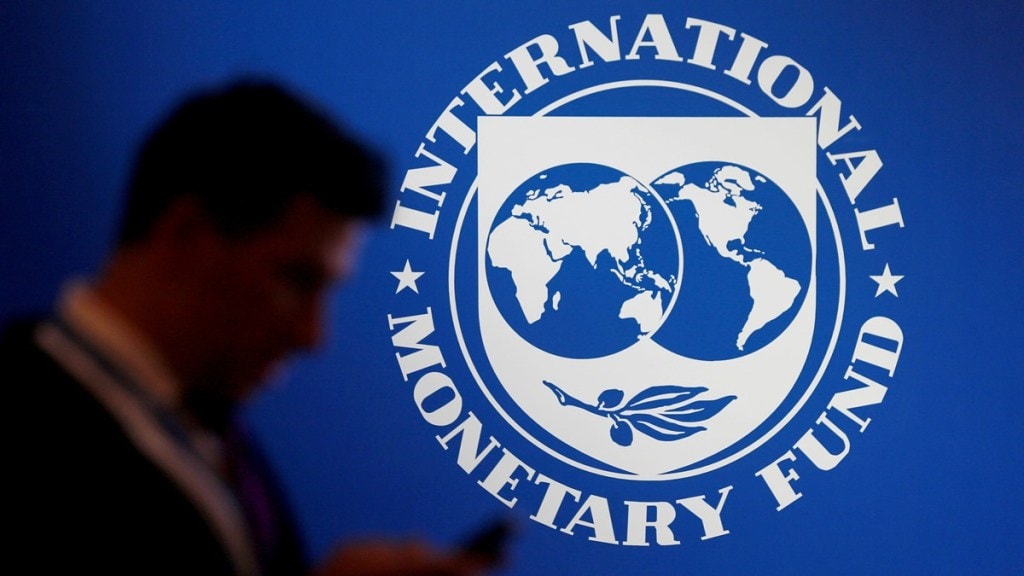The International Monetary Fund (IMF) has raised India’s GDP growth projection for FY24 by 40 basis points (bps) to 6.7%, and for FY25 by 20 bps to 6.5%, in its latest ‘World Economic Outlook’ report, citing “resilient domestic demand”.
At 6.7% India would remain the fastest growing major economy in the world. However, the forecast for FY24 is still 60 bps lower than the National Statistical Office’s (NSO) projection. Earlier this month, the NSO projected India’s economy to grow at 7.3% in the current fiscal, based on data extrapolated for the first seven to eight months.
The IMF’s estimate is also 30 bps lower than the RBI’s estimate of 7.0% for FY24. On the Fund’s projection, the finance ministry said the IMF has revised India’s growth forecast for FY24 to 6.7% from 6.3% on account of the robust Q2 GDP outturn. In Q2 FY24, India’s GDP growth came in at 7.6%, much higher than market expectations.
“The IMF has revised upward medium-term (potential) GDP growth to 6.5% (from 6.3%) reflecting strong public investment, positive labor market outcomes in the latest PLFS report, and adjustments to our model,” the finance ministry said.
For the next fiscal year, the IMF’s estimate is about 50 bps lower than the finance ministry’s estimate. Chief Economic Adviser V Anantha Nageswaran said in a report that India’s real real GDP growth will likely be closer to 7% in FY25 for the fourth year in a row.
He predicted India’s economy to touch the $5 trillion mark by 2027-28, and subsequently become the third largest economy in the world. “It is eminently possible for the Indian economy to grow in the coming years at a rate above 7% on the strength of the financial sector and other recent and future structural reforms. Only the elevated risk of geopolitical conflicts is an area of concern,” the finance ministry report noted.
Meanwhile, the IMF expects the global economy to now grow at 3.1% in 2023, 20 bps higher than its previous forecast on the back of declining inflationary pressures. It however says that the pace of expansion remains slow, and “turbulence” may lie ahead.
“The clouds are beginning to part. The global economy begins the final descent toward a soft landing, with inflation declining steadily and growth holding up,” said Pierre-Olivier Gourinchas, chief economist, IMF.
“Global activity proved resilient in the second half of last year, as demand and supply factors supported major economies,” he said. The IMF expects the US’ economy to grow at 2.1% in 2024, 60 bps higher than its previous forecast, and China’s economy at 4.6%, 40 bps above its earlier projection.
“We expect slower growth in the United States, where tight monetary policy is still working through the economy, and in China, where weaker consumption and investment continue to weigh on activity,” Gourinchas said. “Many other economies continue to show great resilience, with growth accelerating in Brazil, India, and Southeast Asia’s major economies,” he said.

